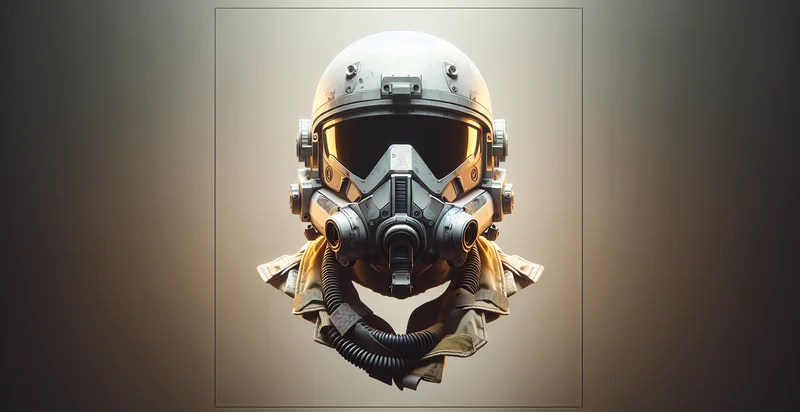Identify if helmet is upside down
using AI
Below is a free classifier to identify if helmet is upside down. Just upload your image, and our AI will predict if the helmet is upside down - in just seconds.

Contact us for API access
Or, use Nyckel to build highly-accurate custom classifiers in just minutes. No PhD required.
Get started
import nyckel
credentials = nyckel.Credentials("YOUR_CLIENT_ID", "YOUR_CLIENT_SECRET")
nyckel.invoke("if-helmet-is-upside-down", "your_image_url", credentials)
fetch('https://www.nyckel.com/v1/functions/if-helmet-is-upside-down/invoke', {
method: 'POST',
headers: {
'Authorization': 'Bearer ' + 'YOUR_BEARER_TOKEN',
'Content-Type': 'application/json',
},
body: JSON.stringify(
{"data": "your_image_url"}
)
})
.then(response => response.json())
.then(data => console.log(data));
curl -X POST \
-H "Content-Type: application/json" \
-H "Authorization: Bearer YOUR_BEARER_TOKEN" \
-d '{"data": "your_image_url"}' \
https://www.nyckel.com/v1/functions/if-helmet-is-upside-down/invoke
How this classifier works
To start, upload your image. Our AI tool will then predict if the helmet is upside down.
This pretrained image model uses a Nyckel-created dataset and has 2 labels, including Helmet Upright and Helmet Upside Down.
We'll also show a confidence score (the higher the number, the more confident the AI model is around if the helmet is upside down).
Whether you're just curious or building if helmet is upside down detection into your application, we hope our classifier proves helpful.
Related Classifiers
Need to identify if helmet is upside down at scale?
Get API or Zapier access to this classifier for free. It's perfect for:
- Safety Compliance Verification: Businesses in the construction and manufacturing sectors can utilize the 'is helmet upside down' identifier to ensure that employees are wearing helmets correctly. This helps in maintaining safety standards and minimizing workplace injuries.
- Training and Education: Educational institutions and training centers can implement this function to enhance safety training programs. By automatically assessing helmet positions during simulations, instructors can provide immediate feedback to trainees.
- Wearable Technology Integration: Wearable devices equipped with cameras can employ this classifier to provide timely alerts to the wearer if their helmet is positioned incorrectly. This proactive approach can help prevent accidents by ensuring that helmets are worn safely at all times.
- Industrial Surveillance: Factories can use this identifier as part of their surveillance systems to monitor workforce compliance with safety regulations. By flagging instances of upside-down helmets, management can address potential safety breaches more effectively.
- Helmet Rental Services: Companies that rent helmets can integrate this function to inspect returned helmets for improper use. By ensuring helmets are returned in the correct position, they can maintain equipment quality and safety for future users.
- Event Management: During large-scale events, organizers can deploy this technology to monitor attendees and ensure that helmets are worn correctly in designated safety zones. This promotes a culture of safety at events where protective gear is mandatory.
- Sports Equipment Monitoring: In contact sports, teams can leverage this identifier to ensure players are wearing their helmets properly during practice and games. This can reduce the risk of injuries and promote adherence to safety regulations in sports organizations.


